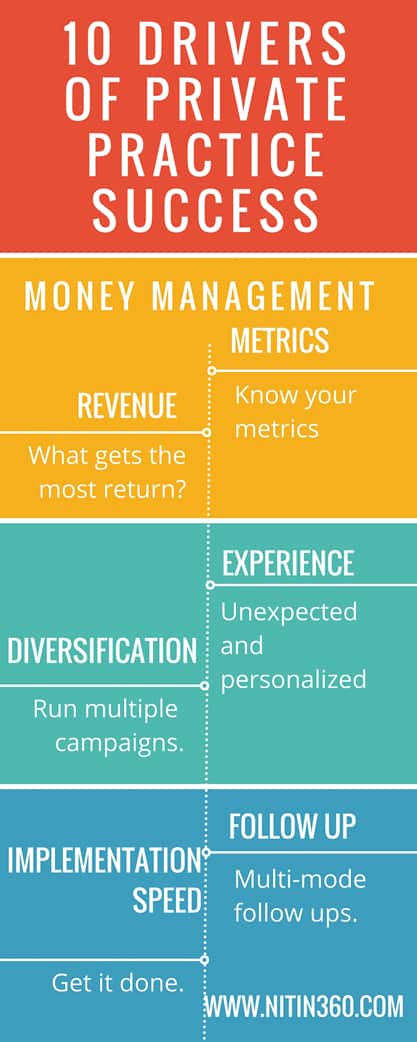 Your PT shingle is ready to hang and your first patient is about to walk through the front door of your very own physical therapy clinic.
Your PT shingle is ready to hang and your first patient is about to walk through the front door of your very own physical therapy clinic.
But prior to opening day, a significant amount of physical therapy business planning and hard work, not to mention valuable resources, must be directed towards your new pride and joy. This document is designed to help anyone tread though the unfamiliar territory of purchasing new clinical equipment and supplies for a start-up facility and prevent unnecessary and costly mistakes.
Take time to read this article and choose an equipment distributor that has a plan of action for each and every item discussed here. Choose a prepared and experienced distributor wisely and you will enjoy the experience as well as preserve valuable resources including your sanity.
1. Be Very Specific With Your New Equipment List: Although an obvious statement, you might be surprised how many seemingly savvy and well educated clinicians make this first major mistake. Sending an equipment list lacking equipment specifics and firing that off to 3 or 4 vendors for pricing is the first major no-no of this report.
What the clinician does not realize is that a very general list of product names provided to a vendor with instructions to offer pricing or make suggestions will put your vendor in an adversarial frame of mind.
If they realize the list was sent to more than one bidder, the smart vendors will submit a bid with the cheapest, most stripped down version of an item knowing the bottom line dollar amount is going to weigh heavily for or against winning the deal. For example, if the list contains a treadmill, the gain may go to the vendor that leaves off medical rails or includes a residential only warranty.
If the therapist does not catch this, and it is not easy if details are lacking, the vendor knows that adding medical rails later will most likely occur after all negotiations are complete and can be purchased at list price. Another example that commonly trips up clinicians trying to open their new facility on a limited budget are electric hi-lo tables.
The assumption when comparing quotes might be that all tables include casters. The low bidder’s table may not include casters and thus an apples-to-apples comparison is not achieved.
2. Don’t Rely Only on a Catalog: Although it takes valuable time, the worst thing you can do is to choose the tools you will use to effectively treat your patients from a printed document that is out of date the day after it was printed. Or, worse yet, rely solely on your knowledge of current modalities and techniques from the last facility where you were employed. Technology advantages are introduced practically on a monthly basis and relying on only what you have used in the past limits your opportunity to attract the highest number of referrals.
I suggest you meet with 1 or 2 trusted sales representatives and utilize their knowledge of the competition, available product trends and equipment upgrades that you may not realize even exist. They have experience working with other clinicians whom may have made mistakes that you can avoid. Caution, not all sales representatives are created equal and you should choose wisely based on reputation, breadth of product offering, intelligence and experience in the industry.
3. The Price of the Item on the Quote is Not the True Cost: Inexperienced buyers typically look at the prices on the quotation, ask for an estimate of freight and make their decision based on the lowest total dollar figure from multiple vendors. The hidden costs in opening a new clinic can be significant. You should consider that many of the national “big box” distributors will win the bid and then ship the items to the new facility dock to dock. There are several problems with this scenario that end up landing on your shoulders.
a. Deliveries show up on multiple days from various vendors prior to the clinic opening. You or your employee must be present to receive the items and it is very difficult to coordinate deliveries from multiple manufacturers using freight lines and parcel delivery services that is convenient to your schedule without wasting a significant amount of time.
b. If the item is shipped using a freight carrier, unless inside delivery is requested and PAID for, the driver has no obligation to move the treadmill or treatment table any further than the back end of the Semi-trailer. Someone from your organization must not only remove the item from the truck but also get it inside your facility.
c. Unpacking and putting together even the most basic equipment takes time, tools and know how. Valuable time that could better be put to use hiring staff, finalizing marketing materials, solidifying referral sources and creating policies and procedures.
d. Many therapy products arrive in wooden crates and large cardboard boxes in order to minimize damage during transit. Do you have the ability to saw wooden crates into a size appropriate for your trash dumpster? Will your new landlord let you overflow the dumpster in one day with cardboard, plastic, metal and wood packaging materials?
e. If you receive capital goods on your own and there is freight damage, do you know who is responsible? How to handle a freight claim? Should you sign a bill of lading before opening the crate?
f. What happens if there are unforeseen delays in your build out and the equipment is already in route?
g. Do you have access to loaner equipment should a primary piece of equipment be on backorder or delayed for some reason?
h. How will the vendor you choose support you when a piece of equipment fails after 1 month or 1 year?
Instead, hire a distributor for your new clinic that can deliver and install your new equipment on a convenient, pre-planned day that is in sync with your opening date.
Make sure they use their own employees that care about the results and have previous experience with a new clinic setup. These steps will ensure immediate success in your new physical therapy business practice.






